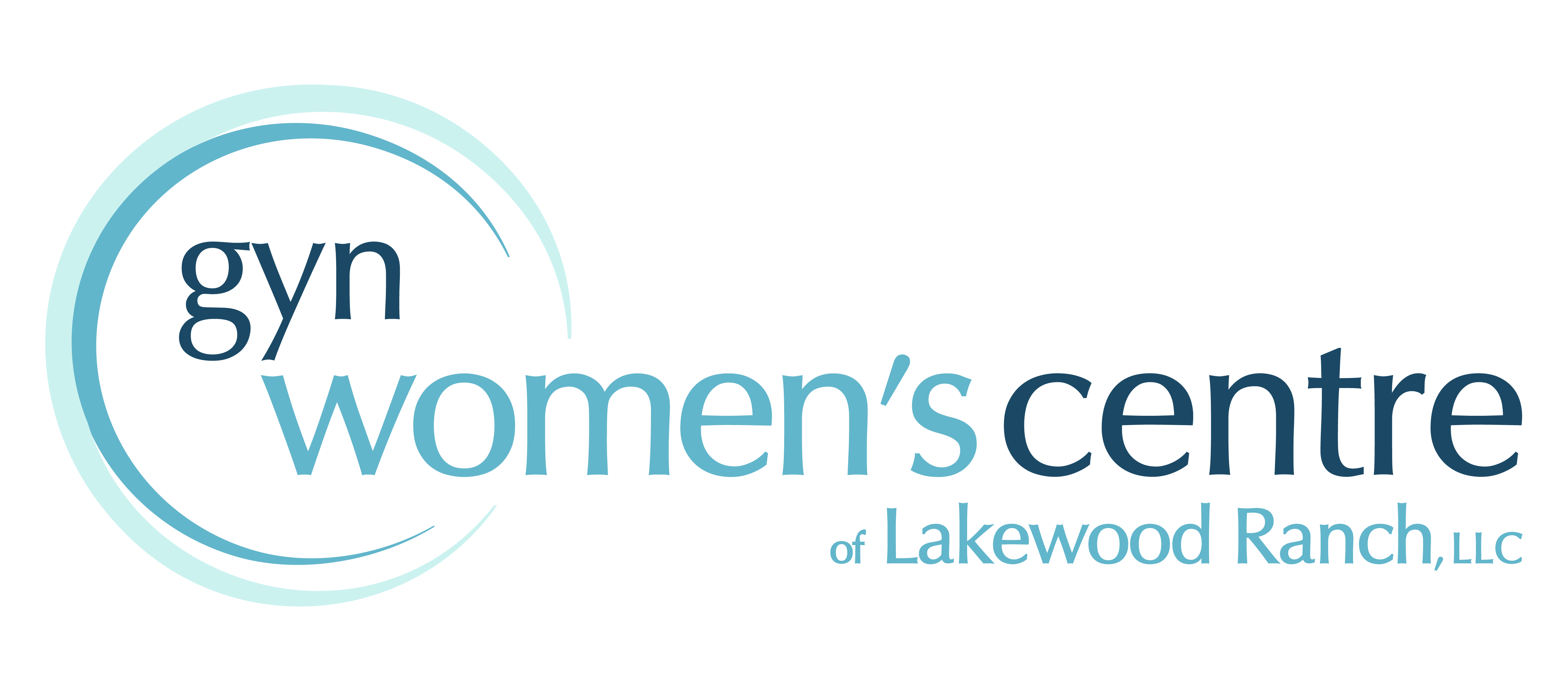July is National Cleft and Craniofacial Awareness and Prevention Month. Cleft and craniofacial conditions affect thousands of infants, children, teens, and adults in the United States every year. Cleft lip and cleft palate generally occur when a baby’s lips and mouth do not form properly during pregnancy. But why does it occur? There really isn’t one right answer to this question. There are environmental and genetic factors involved in regards to cleft lip and cleft palate. Here we address some causes and ways these conditions might be prevented.
Cleft lip
The baby’s lips generally form between the fourth and seventh weeks of pregnancy. As the baby develops in the womb, body tissue and special cells from each side of the head grow toward the center of the face, eventually forming together to complete the structure of the face. A cleft lip happens when the tissue that forms the lips do not completely develop or join together before birth. This results in an opening in the upper lip. The size of the opening can vary in size, from a small slit to an opening that continues up into the nose. The placement of a cleft lip can be on one side or both sides or even in the middle of the top lip. A cleft lip can also be accompanied by a cleft palate.
Cleft palate
The roof of the mouth or palate is generally formed between the sixth and ninth weeks of pregnancy. A cleft palate will occur if the tissue that makes up the roof of the mouth does not form together completely during pregnancy. There are different variations, some babies have openings at the front and the back of the palate. Others may only have one portion of their palate that is open.
Diagnosis
Cleft lip with or without cleft palate can be diagnosed during pregnancy by a routine ultrasound. They can also be diagnosed after the baby is born, especially cleft palate. However, there are certain types of cleft palate (for example, submucous cleft palate and bifid uvula) that can go undiagnosed until later in life.
How many babies are born with a cleft lip and a cleft palate? The CDC reports:
- Approximately 1 in every 1,600 babies are born with cleft lip with cleft palate in the United States.
- About 1 in every 2,800 babies are born with cleft lip without cleft palate in the United States.
- Approximately 1 in every 1,700 babies are born with cleft palate in the United States.
Causes and risk factors
The causes of orofacial clefts among most infants are unknown. Researchers say in most cases these conditions are caused by an interaction of genetic and environmental factors. In many cases, a definite cause is not discovered. Either one of the parents can pass on the genes that cause orofacial clefts, either alone or as part of a genetic syndrome that includes a cleft lip or cleft palate as one of its signs. In some cases, babies inherit a gene that makes them more likely to develop a cleft, and then an environmental trigger actually causes the cleft to occur.
Factors that may increase the chances of a baby developing this condion include:
- Family history. Parents with a family history of these conditions face a higher risk of having a baby with the same condition.
- Exposure to certain substances during pregnancy. These conditions are more likely to occur in pregnant women who smoke cigarettes, drink alcohol, or take certain medications.
- Diabetic. There is some evidence that women diagnosed with diabetes before pregnancy may have an increased risk of having a baby with a cleft lip with or without a cleft palate.
- Weight during pregnancy. There is some evidence that babies born to women that were considered to be at an unhealthy weight during pregnancy may have an increased risk of having a cleft lip and palate.
- Use of certain medicines. Women who used certain medicines to treat epilepsy, such as topiramate or valproic acid, during the first trimester (the first 3 months) of pregnancy have an increased risk of having a baby with cleft lip with or without cleft palate, compared to women who didn’t take these medicines.
It is more common for males to have a cleft lip with or without a cleft palate. Cleft palate without cleft lip is more common in females. In the United States, cleft lip and palate are reportedly most common in Native Americans and least common in African-Americans.
Complications
There are a variety of challenges that children with cleft lip with or without cleft palate face – depending on the type and severity.
- Difficulty feeding. One of the most immediate concerns after birth is feeding. While most babies with a cleft lip can be breastfed, a cleft palate may make sucking difficult.
- Ear infections and hearing loss. Babies with cleft palate are especially at risk of developing middle ear fluid and hearing loss.
- Dental problems. If the cleft extends through the upper gum, tooth development may be affected.
- Speech difficulties. Because the palate is used in forming sounds, the development of normal speech can be affected by a cleft palate. Speech may sound too nasal.
- Challenges of coping with a medical condition. Children with clefts may face social, emotional, and behavioral problems due to differences in appearance and the stress of intensive medical care.
Cleft lip and cleft palate prevention
After a baby is born with orofacial clefts, some parents are understandably concerned about the possibility of having another child with the same condition. Many of these cases can’t be prevented, consider the following steps to increase your understanding or lower your risk:
- Consider genetic counseling. If you have a family history of these conditions, tell your doctor before you become pregnant. Your doctor may refer you to a genetic counselor who can help determine your risk of having children with these conditions.
- Take prenatal vitamins. If you’re planning to get pregnant soon, ask your doctor if you should take prenatal vitamins.
- Don’t use tobacco or alcohol. The use of alcohol or tobacco during pregnancy increases the risk of having a baby with a birth defect.
Management and treatment
Services and treatment of orofacial clefts depend on the severity. Surgery can repair a cleft lip and usually occurs in the first few months of life and is recommended within the first 12 months of life. The surgery to repair a cleft palate is recommended within the first 18 months of life or earlier if possible. In many cases, children will need additional surgical procedures as they get older. Surgery not only improves the physical appearance it also helps to improve breathing, hearing, speech, and language development. Those born with orofacial clefts might also need special dental or orthodontic care and/or speech therapy.
If you have concerns in regards to any birth defect, it is always best to consult with your healthcare provider. At OB-GYN Women’s Centre of Lakewood Ranch, we are a team of passionate healthcare professionals. We are here to help you at any stage of your life.




